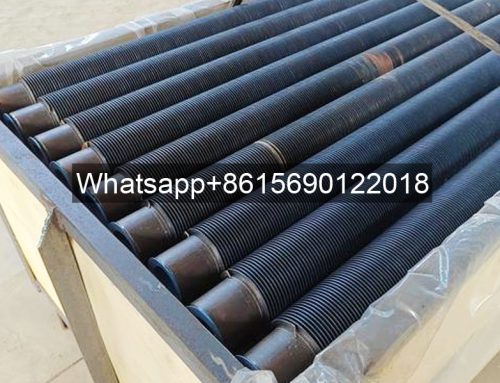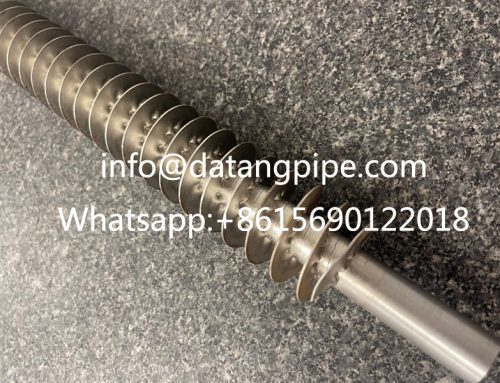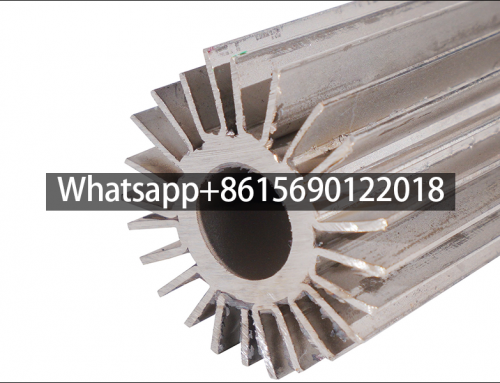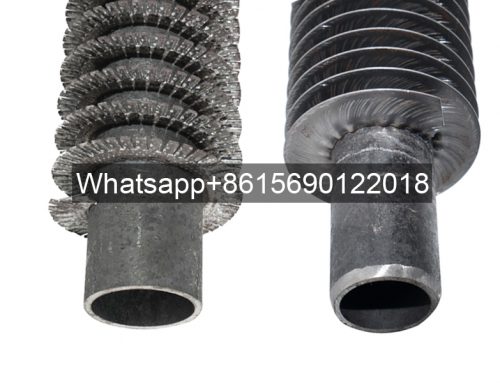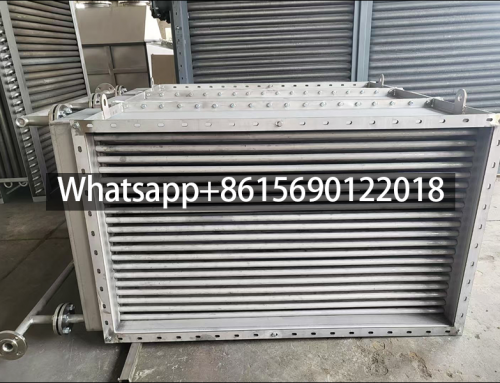You Should Know Fin Tube Selection Guide
How to choose the right fin tube for the heat exchanger?
The key points of fin tube selection include material, fin spacing, fin height, fin spacing, fin shape, etc. Choose the appropriate material and structure according to the specific use situation to achieve better heat exchange effect.
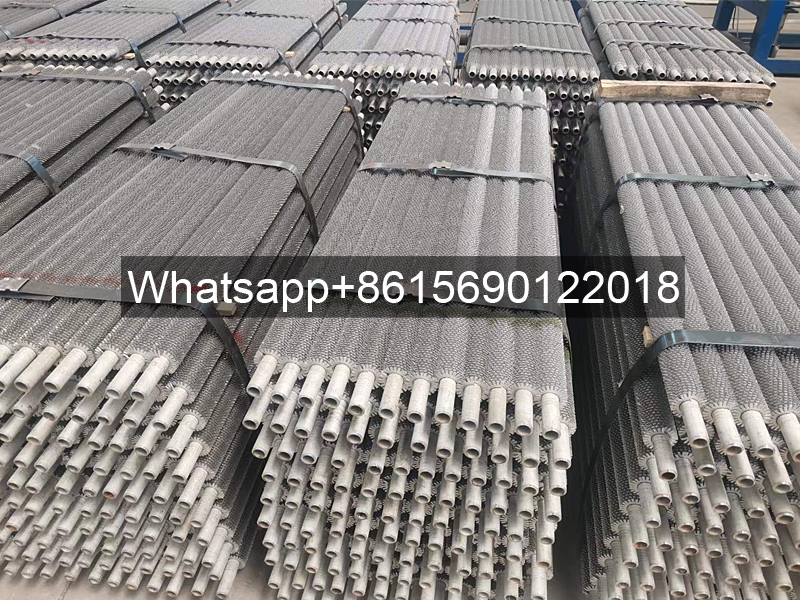
1. Definition and structure of fin tube
Fin tube is a pipe used for heat exchange. Its wall is equipped with several fins separated by the pipe wall. These fins can increase the effective area of the pipe, increase the heat transfer and improve the heat exchange efficiency. Usually, the fin spacing of the fin tube is small and the fin height is low, which can increase the friction resistance of the fluid when it flows through the pipe to a certain extent.
2. Key points of fin tube selection
1. Material:
The material of the fin tube is an important factor affecting the heat exchange performance of the pipe. According to the specific use occasion and process requirements, different materials can be selected, such as carbon steel, stainless steel, copper, aluminum, etc. The material should be selected according to the specific situation and appropriate surface treatment should be performed to improve the corrosion resistance and durability of the fin tube.
2. Fin spacing:
Fin spacing refers to the distance between two adjacent fins. Too large a spacing will result in insufficient utilization of the heat exchange area and affect the heat exchange efficiency; too small a spacing will increase the flow resistance of the pipeline and affect the flow rate. Generally speaking, a fin spacing of 3mm to 5mm is better.
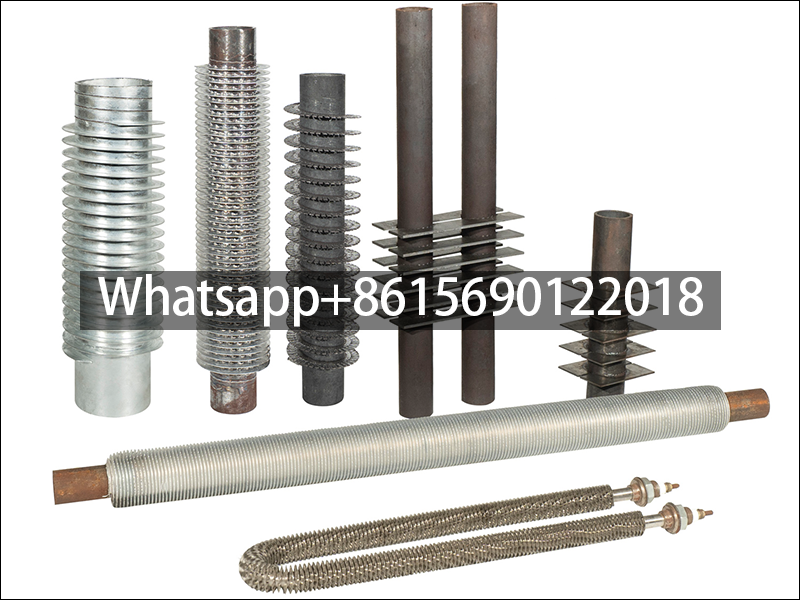
Energy transfer fin tube pipe,fin tube manufacturers
3. Fin height:
Fin height refers to the distance between the fin and the pipe wall. Its height will not only affect the heat exchange area, but also the flow state of the fluid during the heat exchange process. Too low a height will affect the heat exchange efficiency, and too high a height will increase the flow resistance of the pipeline. The fin height is generally between 0.8 to 1.5 mm.
4. Fin spacing:
Fin spacing refers to the number of raised parts on each fin. The more ribs there are, the larger the heat exchange area of the pipeline and the higher the heat transfer. However, an increase in the number of fin ribs will increase the flow resistance of the pipeline, and a good balance point needs to be grasped.
5. Fin shape:
Fin shape is also one of the factors that affect the heat exchange performance of finned tubes. It can be serrated, curved, semicircular, rectangular, and other shapes. Different fin shapes have an impact on the flow state of the fluid and the flow resistance of the pipeline, and need to be selected according to the actual situation.
3. Summary
The above are several key points for selecting finned tubes. You can refer to the above points when purchasing and choose the appropriate material and structure according to the specific usage to achieve better heat exchange effect.


